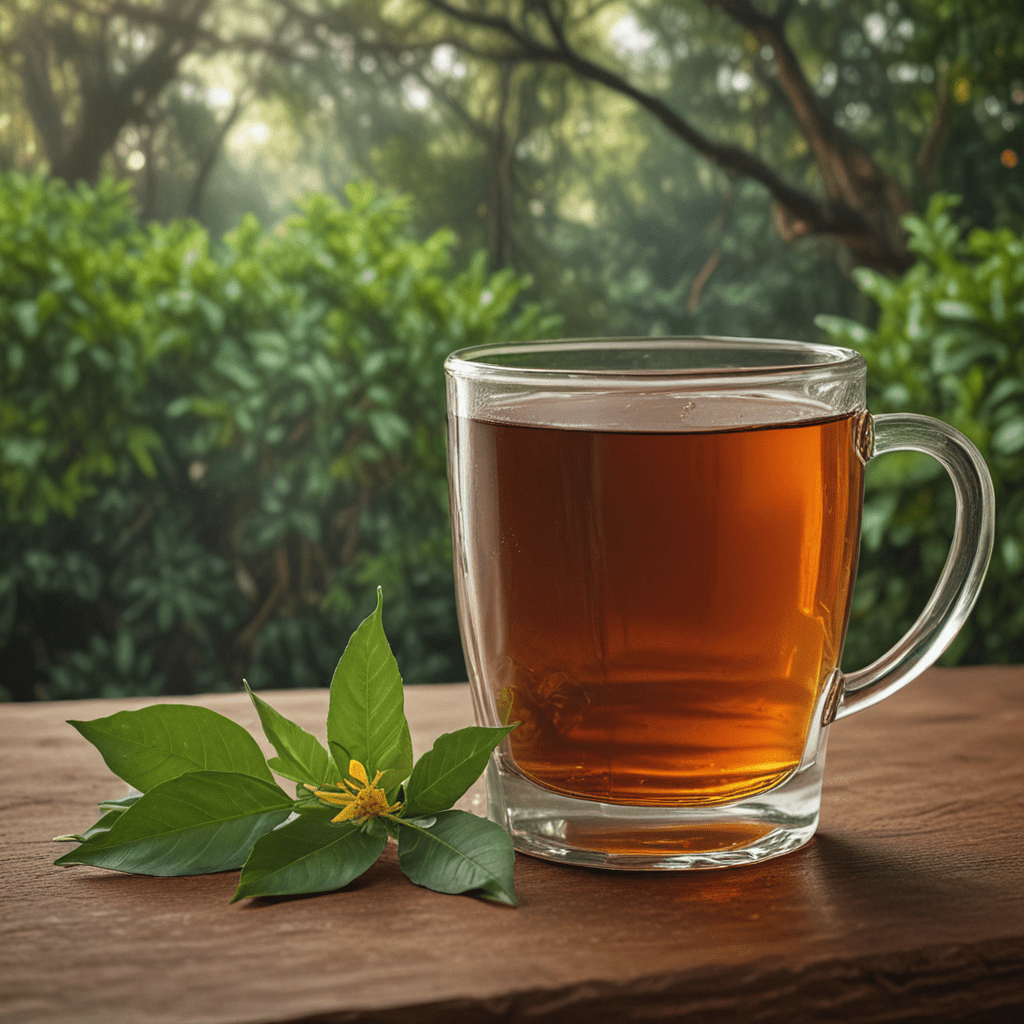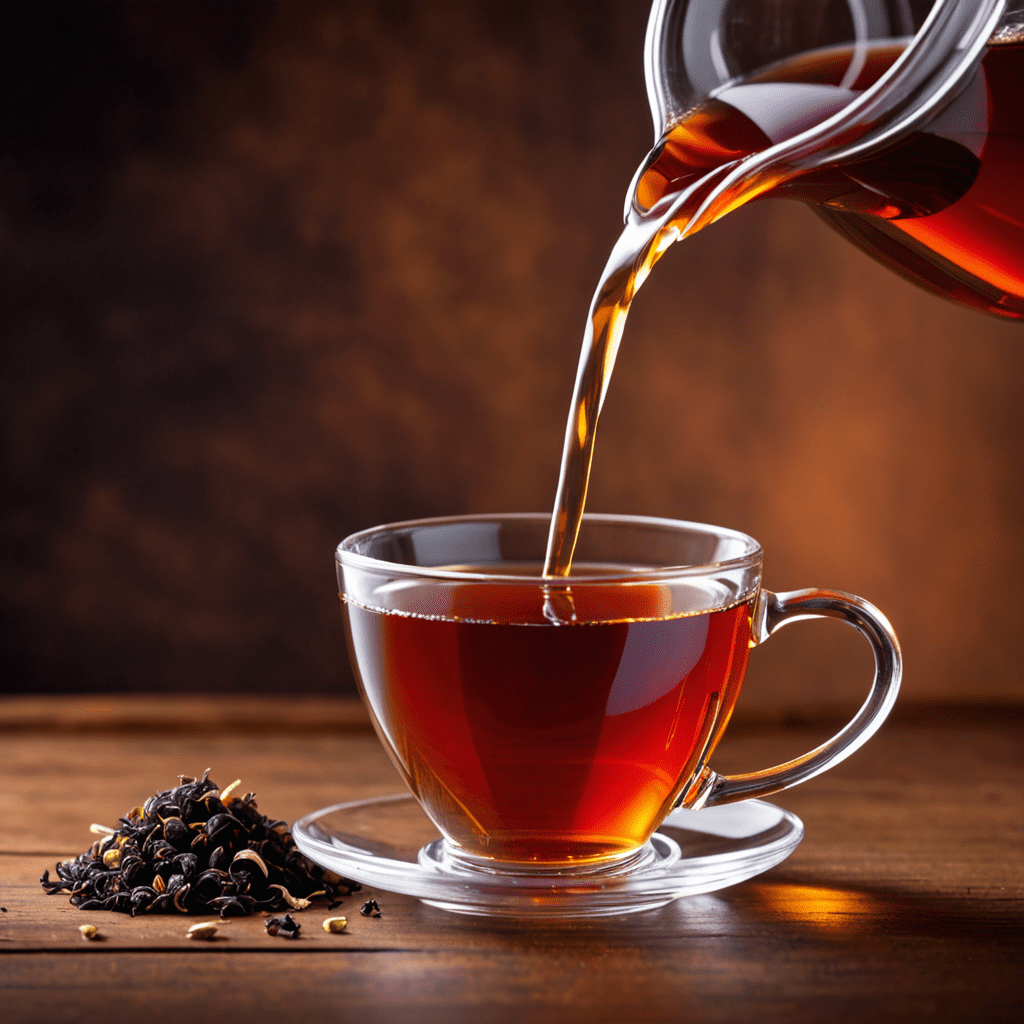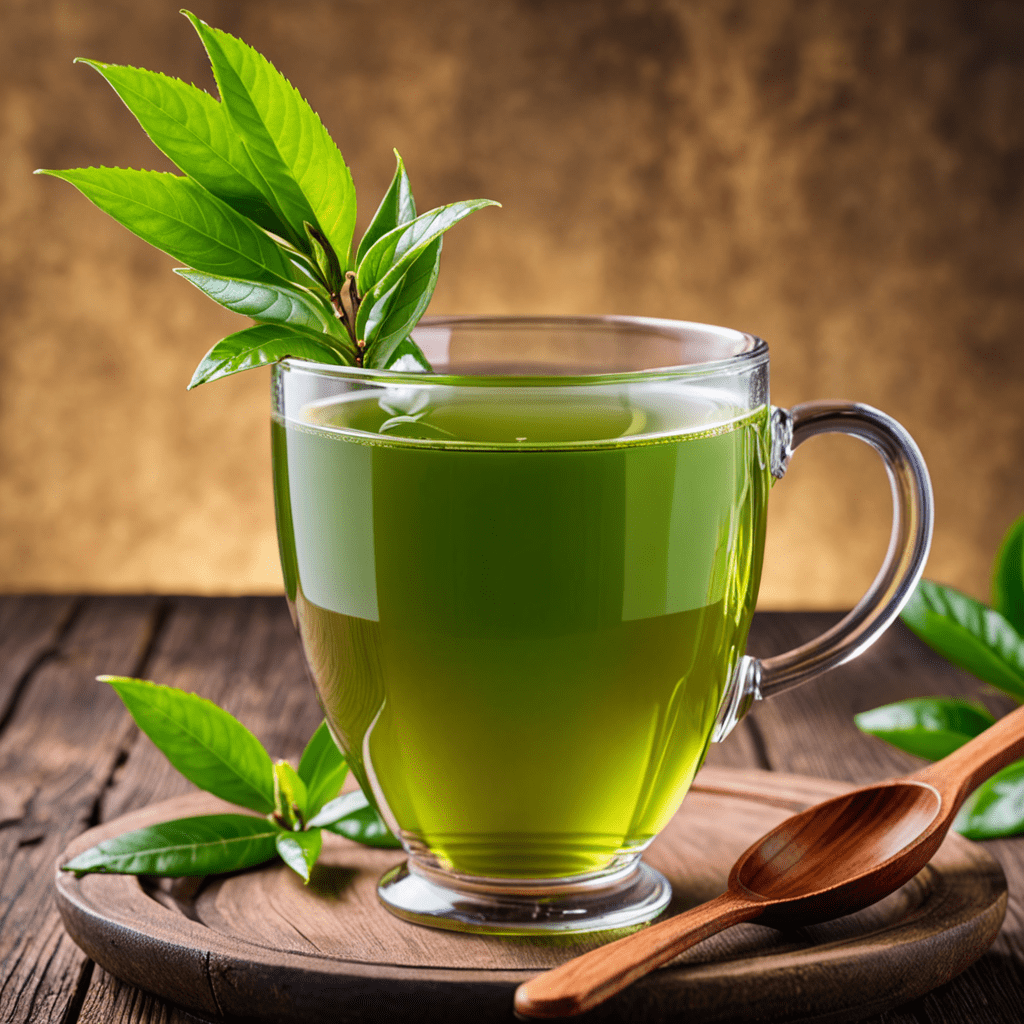
Ceylon Tea: A Cultural Icon of Sri Lanka
I. Introduction
Ceylon tea, renowned worldwide for its exquisite taste and aroma, holds a revered position in the cultural heritage of Sri Lanka. The island nation, once known as Ceylon, is where this exceptional beverage originated and continues to flourish today. This iconic beverage has not only shaped Sri Lanka's economy but has also become an integral part of its social fabric, shaping the daily lives of its people and its global reputation.
II. Historical Origins of Ceylon Tea
The genesis of Ceylon tea can be traced back to the mid-19th century when Scottish planters introduced tea bushes from China and India to the favorable climate and soil conditions of the island. The first commercial tea plantation was established in 1867, marking the commencement of a flourishing industry that would later transform Sri Lanka into a global leader in tea production and export.
III. The Climate and Soil Conditions of Sri Lanka
Sri Lanka's tropical climate, characterized by abundant rainfall, warm temperatures, and high humidity, provides an ideal environment for tea cultivation. The country's diverse topography, encompassing lush highlands and rolling plains, allows for the production of a wide variety of tea types, each with its unique flavor profile. The well-drained, fertile soils, rich in organic matter, further contribute to the exceptional quality of Ceylon tea.
IV. Tea Production Process
The cultivation and production of Ceylon tea involve meticulous care and expertise. Tea bushes are meticulously pruned to maintain their shape and encourage new growth. During the harvesting season, skilled tea pluckers carefully select only the finest two leaves and a bud from each plant, ensuring the production of high-quality tea. After plucking, the leaves undergo a series of processes, including withering, rolling, oxidation, and drying, which transform them into the flavorful tea that is enjoyed around the world.
V. Unique Characteristics of Ceylon Tea
Ceylon teas are celebrated for their distinctive flavor, aroma, and appearance. The teas exhibit a wide range of flavors, from light and delicate to bold and robust, catering to diverse preferences. The teas also possess a characteristic briskness, a refreshing astringency that contributes to their unique taste. The appearance of Ceylon teas is equally remarkable, with the dried leaves displaying a variety of colors, from deep black to emerald green, and a distinctive wiry texture.
VI. Economic Impact of Ceylon Tea
Ceylon tea has been a cornerstone of the Sri Lankan economy for over a century. The tea industry is a significant contributor to the nation's GDP, providing employment to millions of people. The export of Ceylon tea generates substantial foreign exchange earnings, helping to sustain the country's economy.
VII. Social and Cultural Significance
Beyond its economic importance, Ceylon tea is deeply intertwined with Sri Lankan society and culture. The daily ritual of tea drinking is an integral part of life for many Sri Lankans, with tea being consumed in homes, workplaces, and social gatherings. Tea plantations are often the heart of local communities, providing employment and fostering a sense of shared identity.
VIII. Ceylon Tea in Global Markets
Ceylon tea enjoys a prominent position in global tea markets, with its distinctive flavors and high quality consistently in demand. The tea is exported to countries around the world, including major markets such as Russia, the United Kingdom, the Middle East, and Japan. Ceylon tea has earned numerous accolades and awards, further solidifying its reputation as one of the world's most sought-after teas.
IX. Sustainable Practices in Ceylon Tea Production
In recent years, there has been a growing emphasis on sustainability within the Ceylon tea industry. Many tea producers have adopted environmentally friendly practices, such as organic farming, water conservation, and waste reduction. These efforts aim to preserve the natural resources of Sri Lanka while ensuring the long-term sustainability of the tea industry.
X. Preserving the Legacy of Ceylon Tea
The legacy of Ceylon tea is a testament to the skill, dedication, and passion of the people of Sri Lanka. The government, tea industry stakeholders, and consumers alike are committed to preserving this valuable cultural heritage. Through ongoing efforts to maintain quality standards, promote sustainability, and educate younger generations, the future of Ceylon tea looks bright, ensuring that its exceptional taste and reputation will continue to be enjoyed by tea lovers around the world.
FAQ:
What are the different types of Ceylon teas?
Ceylon teas encompass a diverse range of types, including black teas, green teas, and white teas. Each type offers a distinct flavor profile, catering to various preferences.
How is Ceylon tea different from other teas?
Ceylon teas are renowned for their unique flavor, aroma, and appearance, resulting from the favorable climate, soil conditions, and tea cultivation practices of Sri Lanka.
Is Ceylon tea healthy?
Ceylon teas are naturally rich in antioxidants, which have been associated with numerous health benefits, including improved heart health and reduced risk of chronic diseases.
How can I enjoy Ceylon tea?
Ceylon tea can be enjoyed in various ways, including traditional hot tea brewing, iced tea, or as an ingredient in culinary creations. Its versatility allows it to be enjoyed at any time of the day or occasion.
Where can I buy Ceylon tea?
Ceylon tea is widely available in supermarkets, tea shops, and online retailers around the world. Look for reputable brands and certifications to ensure the authenticity and quality of the tea you purchase.


